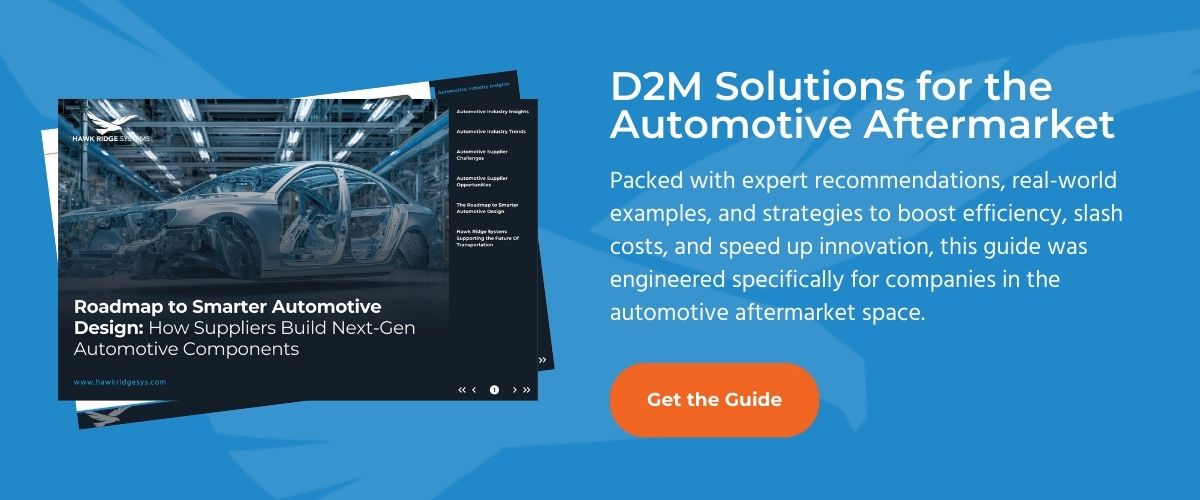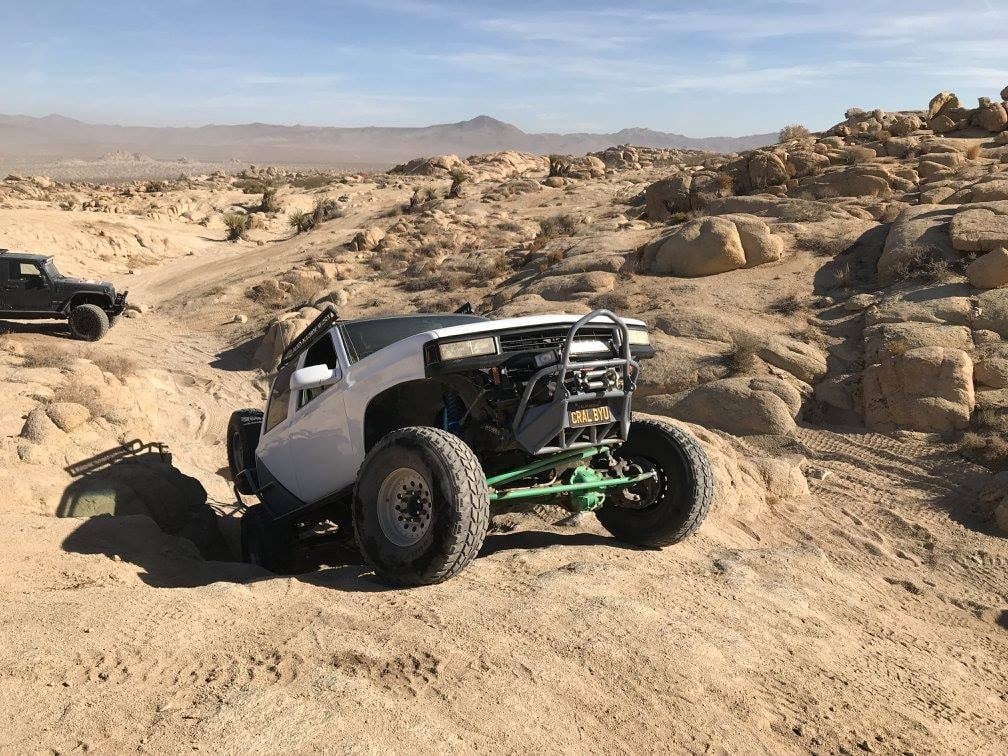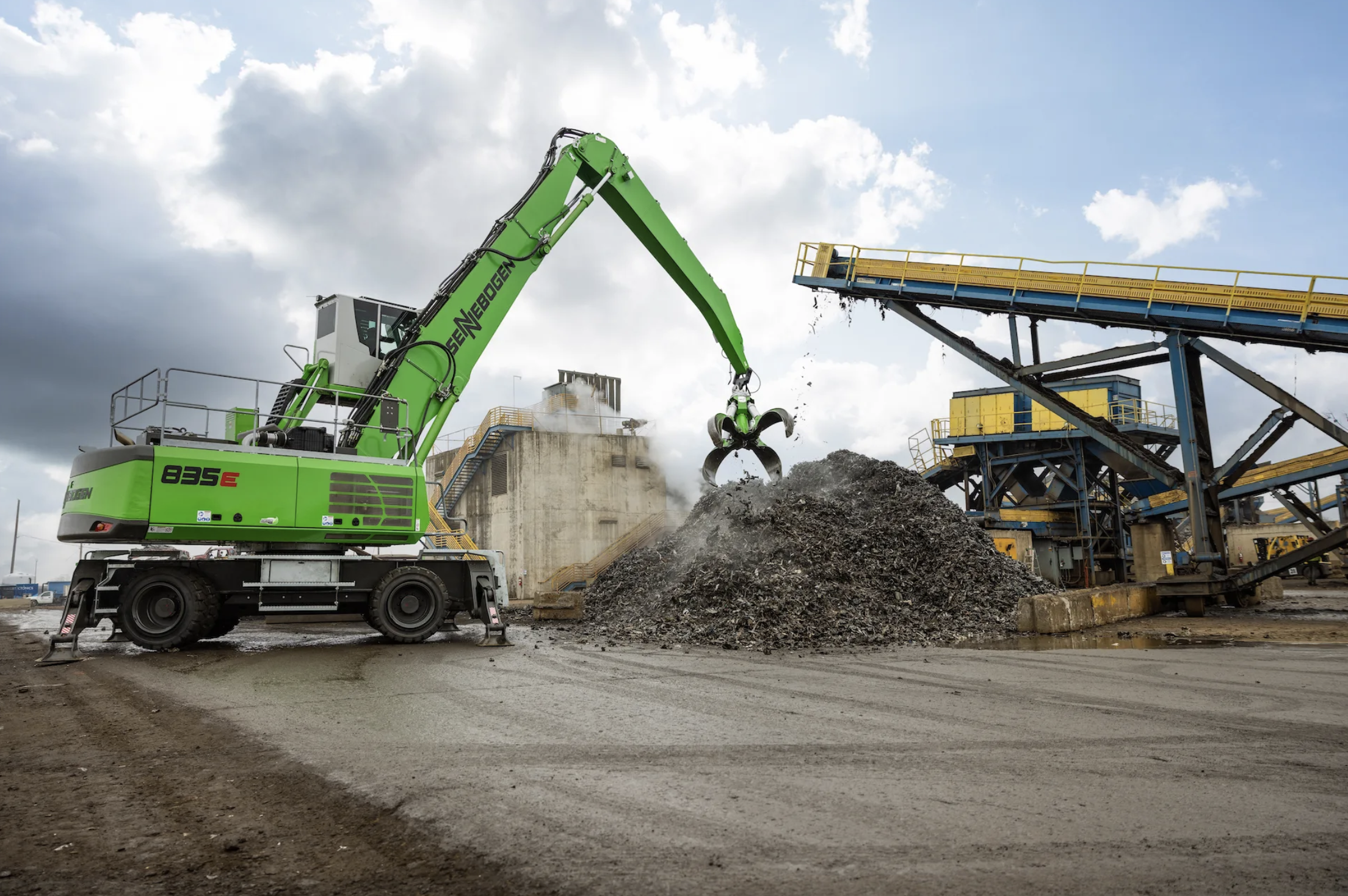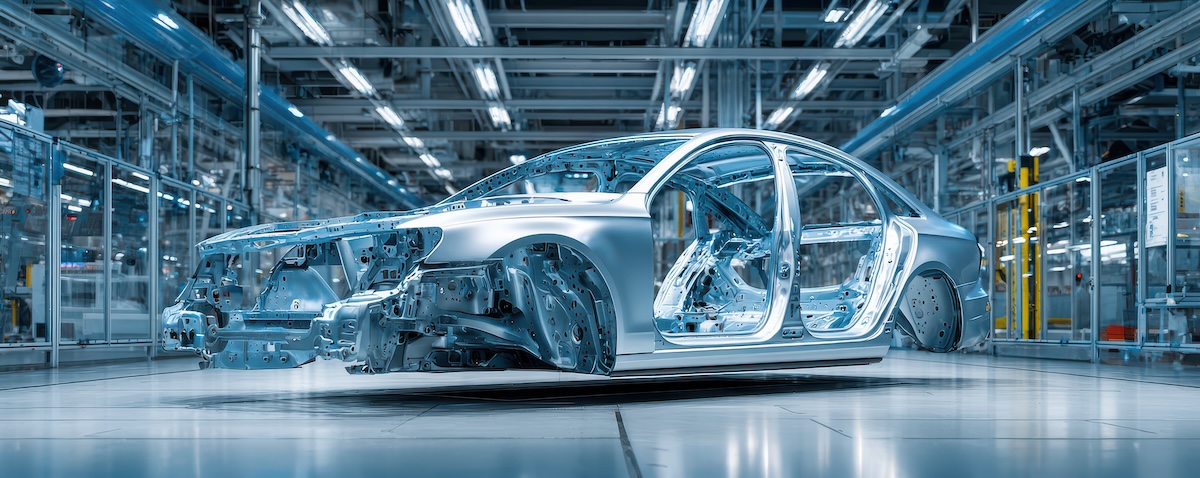Sequential workflows between design and manufacturing in automotive is a liability. Customer demands are more dynamic. Timelines are shorter. Adapting and pivoting quickly is a strategic advantage for automotive suppliers.
Take Fisker Karma, for example, a pioneering hybrid sports sedan introduced in 2011. It was a sustainable and exciting EV model that unfortunately failed due to a series of high-profile issues including:
- Vehicle fires caused by faulty cooling fans
- Battery production supply chain issues
- Defects in batteries
The fires caused by the cooling fans could have been prevented with early-stage testing and safety validations. The battery availability issues could have been resolved with diversified sourcing in the supply chain. The defects in the batteries could have been avoided with real-time monitoring and quality assurance of welding robots on the factory floor.
They were missing not only a holistic, agile workflow that emphasized cross-functional collaboration, but also the level of precision required across each step in their development process, exacerbated by intense financial pressure to get to market fast. In this example, it’s clear that agility does not equal speed.

Engineering Agility Defined
When we talk about agility, we mean the ability to quickly shift gears, apply novel solutions, incorporate continuous feedback, use real-time data, and validate early, often, and always.
Here are three examples of automotive OEMs and suppliers putting agility into action in compelling ways:
- TESLA: Continuous design-validation loops
- FORD: Shifting from the assembly line to a modular approach to build EVs
- KNAPHEIDE: BOM and supply chain alignment in real time
Tesla: Putting Agile into Practice
In addition to things like vertical integration and optimal use of real-time data, Tesla also is a stellar example of continuous design-validation loops, meaning if a new component or part is designed, it can be put into existing factory workflows quickly. Not only that, but designers and engineers approach problem-solving in an agile manner:
“Here at Tesla, we have in-house die designers that sit right next to the guys that are designing the castings, and they’re going back and forth on simulations so that we can lower the tonnage of the presses we’re using by integrating the design of the part into the design of the tool.”
-Lars Moravy, Head of Vehicle Engineering, Interview with Munro Live, YouTube

Ford: Shifting from the Assembly Line to a Modular Approach
Ford is set to launch a new and affordable EV pickup truck (slated for 2027). With that, their production process is changing. They are moving from a traditional assembly line to a more modular approach, reducing components and parts, including removing 3/4ths of the electrical wiring harness in the vehicle (which often slows assembly.) Taking learnings from Chinese automakers and Tesla, their CEO, Jim Farley, says their secret is to “…undo the old ways of designing, engineering, and manufacturing a vehicle.”

Knapheide: Real-Time BOM and Supply Chain Alignment
Knapheide creates custom truck bodies and accessories for a plethora of OEM partners, meaning they have to keep track of thousands of part variants. Managing this is no easy feat with massive customization requests plus revision cycles. To manage the complexity of so many parts, variants, and partners, they created a well-integrated tech ecosystem and buttoned down their processes. They have BOM and supply chain alignment in real time through key integrations with SOLIDWORKS, SOLIDWORKS Simulation, PDM, DriveWorks, Composer, and eDrawings. Read their story.
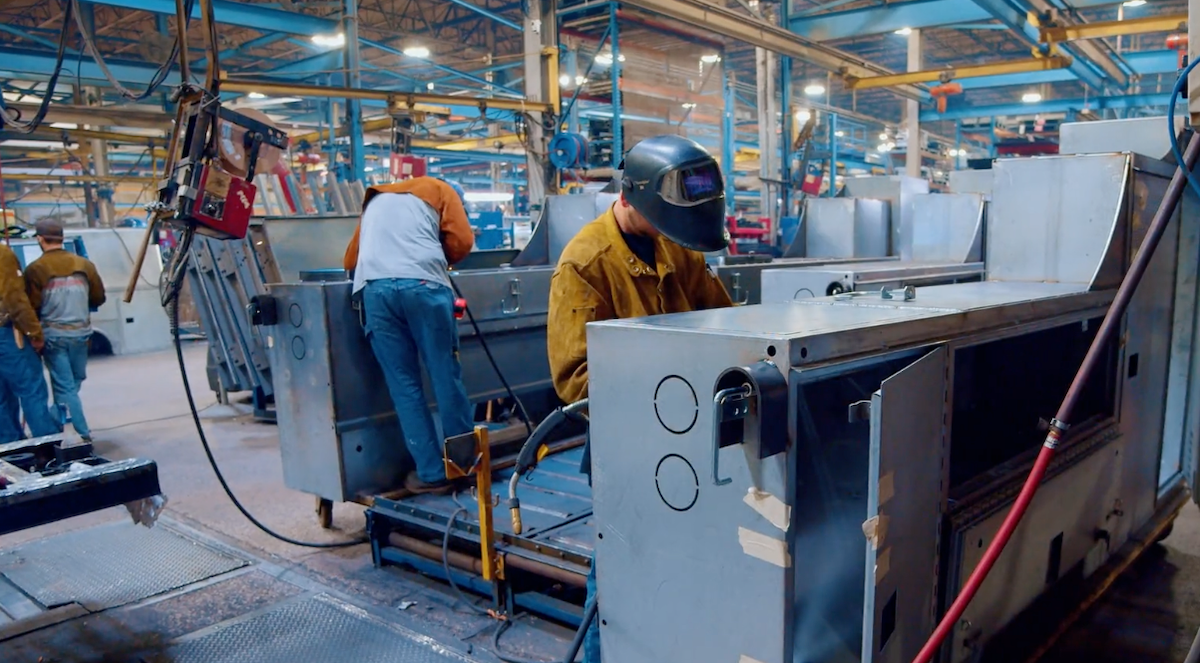
Hawk Ridge Systems: Your Partner in Engineering Agility
Everyone wants to be agile. Very few set the bar.
The formula for success is clear: Design-to-manufacturing workflows need to be highly integrated and iterative. Your workforce needs to be talented, and your managers need to remove obstacles. Platforms need to be modular. Design-validation loops need to be continuous.
Hawk Ridge Systems helps automotive brands and aftermarket suppliers like Knapheide, Speedway Motorsports, RPG Offroad, and more put this formula into action through:
- Our full-stack design to manufacturing hardware, software, and services portfolio
- Business assessments: We help you isolate workflow roadblocks & establish a plan to fix them
- Ongoing training workshops and online learning through SolidProfessor to shore up CAD, CAM, BIM skills

